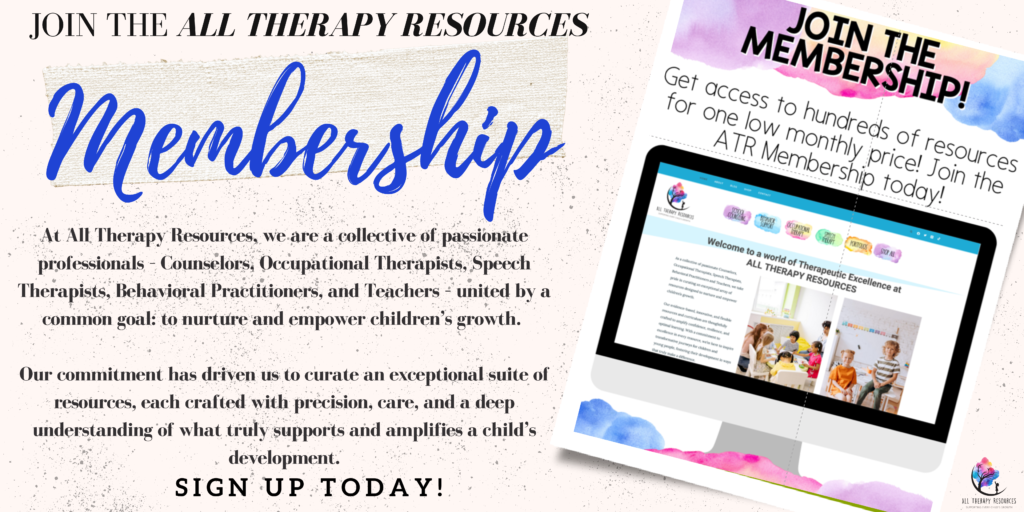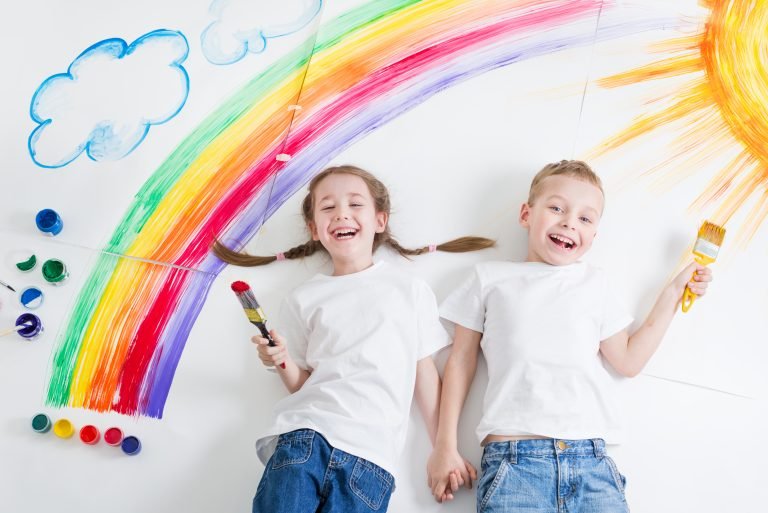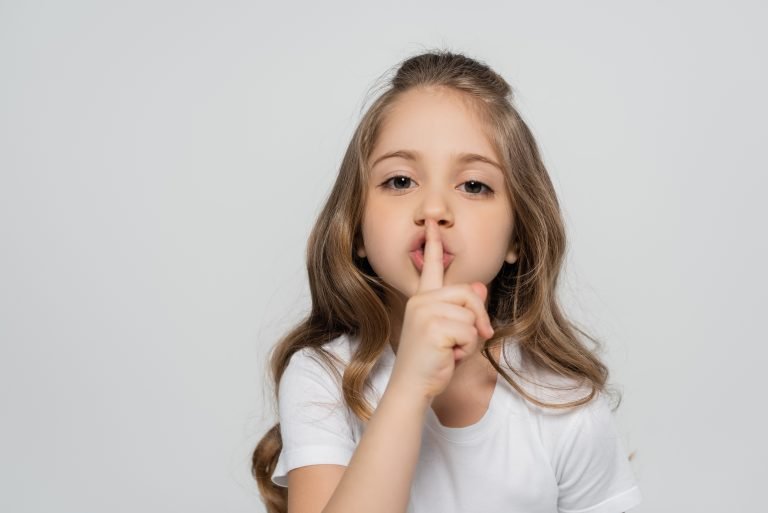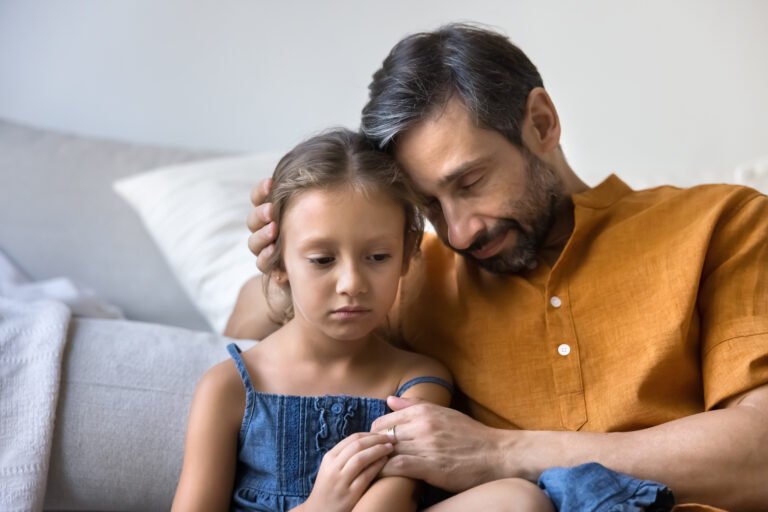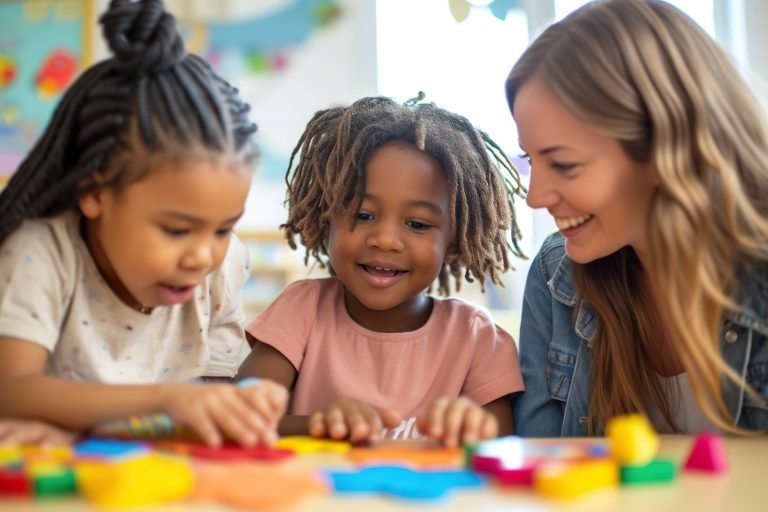Why a Child Chooses the Same Toy Over and Over in Play Therapy
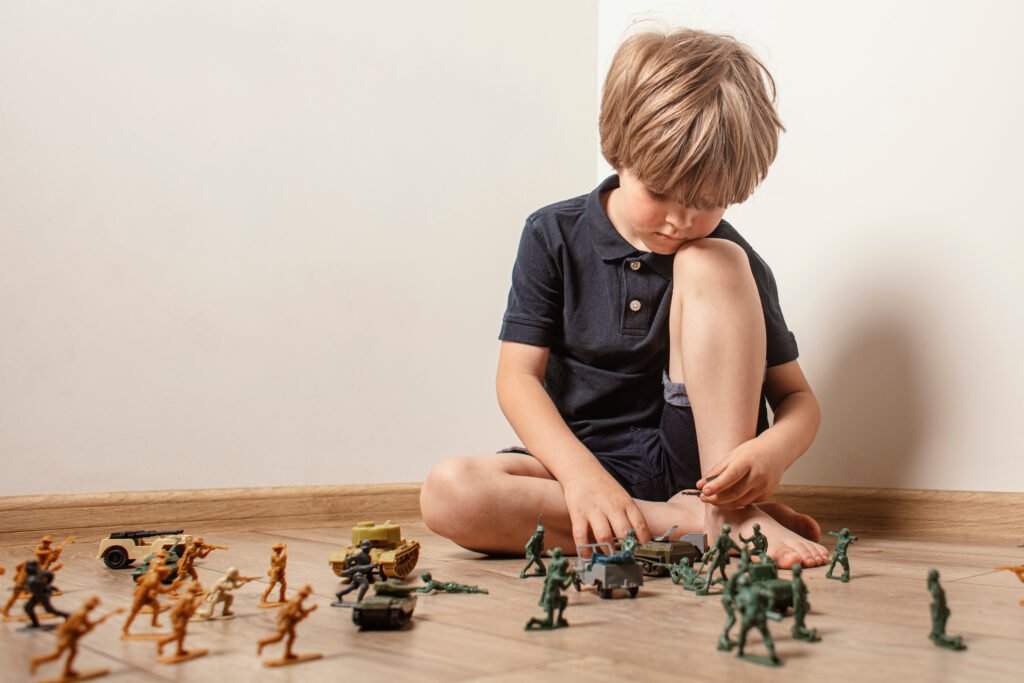
Understanding Repetitive Play Choices in the Therapy Room
“Why do they always pick that toy?”
If you’ve ever sat with a child in play therapy—or watched your child play at home—and wondered why they return to the same toy session after session, you’re not alone. Whether it’s the same plastic animal, a specific doll, or a toy train they won’t let go of, this kind of repetitive play can leave even the most seasoned adult puzzled.
Is it boredom? Habit? Avoidance? Or could it be something deeper?
In this blog post, we’ll explore why children choose the same toy repeatedly in play therapy, and what it can tell us about their inner world. As a counselor and play therapist who has seen this pattern many times, I can assure you—it’s not random. These choices are meaningful, and when we slow down and pay attention, they offer profound insights into a child’s emotional life.
Repetitive Play Isn’t Just Repetition—It’s Communication Play Is the Language of Children
In play therapy, we often say that “play is the language and toys are the words.” Children don’t always have the vocabulary to describe what’s happening inside them—especially if they’ve experienced stress, trauma, confusion, or big emotional shifts. So they speak through their play.
When a child chooses the same toy over and over, it often means that this toy is helping them process, practice, or symbolize something that words cannot express.
I remember a child I worked with who gravitated toward a toy lion every session. He would make it roar loudly, knock over blocks, and then hide it in a “cave” he’d build under the table. Week after week. On the surface, it might have seemed like typical play. But over time, it became clear that this lion represented the child’s anger—big, loud, and powerful, but also something he didn’t quite know how to control. Hiding the lion was his way of trying to manage that emotion.
Why Do Children Repeat the Same Play?
1. Mastery and Control
Children often repeat play themes or toys to develop a sense of control and predictability. If the world feels chaotic—due to family changes, school struggles, or emotional dysregulation—familiar toys can provide comfort and a sense of agency.
Repeatedly building a block tower only to knock it down and rebuild it isn’t “just play.” It might be a child rehearsing how to handle instability in life—or proving to themselves that they can rebuild after things fall apart.
2. Emotional Regulation
Familiar toys can help regulate overwhelming feelings. The toy becomes a safe anchor. Choosing it helps the child feel emotionally grounded in the therapy room, which is essential for healing to occur.
One child I supported would always start her session by gently brushing the doll’s hair. Every time. It was her ritual. It calmed her. Only after this moment of quiet, repetitive connection was she ready to explore deeper play. The brushing became a way for her to soothe herself—like a nervous system reset.
3. Symbolic Meaning and Storytelling
Many children use a specific toy to represent a person, fear, or situation. A toy dinosaur might represent a scary adult. A superhero might be how they view their protector. The repeated use of a toy isn’t random—it’s symbolic play. And repetition may signal the child’s need to tell and retell a story that hasn’t yet been resolved.
Is Repetition Ever a Concern?
When to Pay Attention
Repetition in play is typically developmentally appropriate and therapeutic. However, there are times when it might point to underlying issues:
- Restricted and rigid play with no flexibility or variation
- Distress when a certain toy is unavailable
- Play that seems obsessive or compulsive without emotional progress
These patterns can sometimes signal neurodevelopmental concerns (like autism or OCD tendencies) or the need for deeper emotional support. That said, context matters—repetition in play therapy is more often a signal of processing, not pathology.
How Professionals and Parents Can Respond
1. Observe Without Interrupting
The most powerful response? Let it happen. Be curious. Watch closely. Instead of trying to “change up” the play, consider what the child might be working through.
Questions to reflect on:
- What themes are emerging?
- Are there patterns in how the toy is used?
- What feelings might be linked to this play?
2. Reflect and Validate
Reflect what you’re seeing without labeling it too quickly. For example, “You always choose that dragon. It seems like he’s important to your story,” opens up space for connection. Avoid making assumptions (“That must be your dad!”) unless the child tells you.
3. Trust the Process
Repetition is often a sign that the child is working through something deep and meaningful. We don’t need to rush the process or try to move them on too quickly. In play therapy, the child leads the way—and sometimes, they lead us straight back to the same toy for a very good reason.
What I’ve Learned from the “Same Toy, Same Story” Phenomenon
After years of sitting on the floor with children, I’ve learned that the toy a child chooses most often is a doorway into their world. I’ve seen a child use a toy airplane to “fly away” session after session until they were finally ready to talk about moving between foster homes. I’ve seen a child build the same fence out of blocks every week—a need for boundaries in a life that felt unpredictable.
And I’ve seen the healing that happens when we stop trying to change the play—and instead, listen to it.
Sometimes, the most therapeutic thing we can do is sit beside the child, observe with warmth, and reflect their story back with compassion and respect. Final Thoughts: Repetition is a Clue, Not a Problem
So, why does a child choose the same toy over and over in play therapy? Because something about it makes sense to them. It brings comfort, control, expression, or emotional relief. It’s not a habit—it’s communication.
As professionals and parents, our job isn’t to change their play—it’s to understand it.
Want More Resources to Understand Children’s Play?
If you found this blog helpful, we invite you to explore the All Therapy Resources Membership—a growing library of printables, visuals, handouts, and tools designed by counselors, therapists, and educators just like you. You’ll find resources to support play therapy, behavior understanding, emotional regulation, and more.
Join the All Therapy Membership and gain access to hundreds of trauma-informed resources that support the whole child—through play, connection, and understanding.
